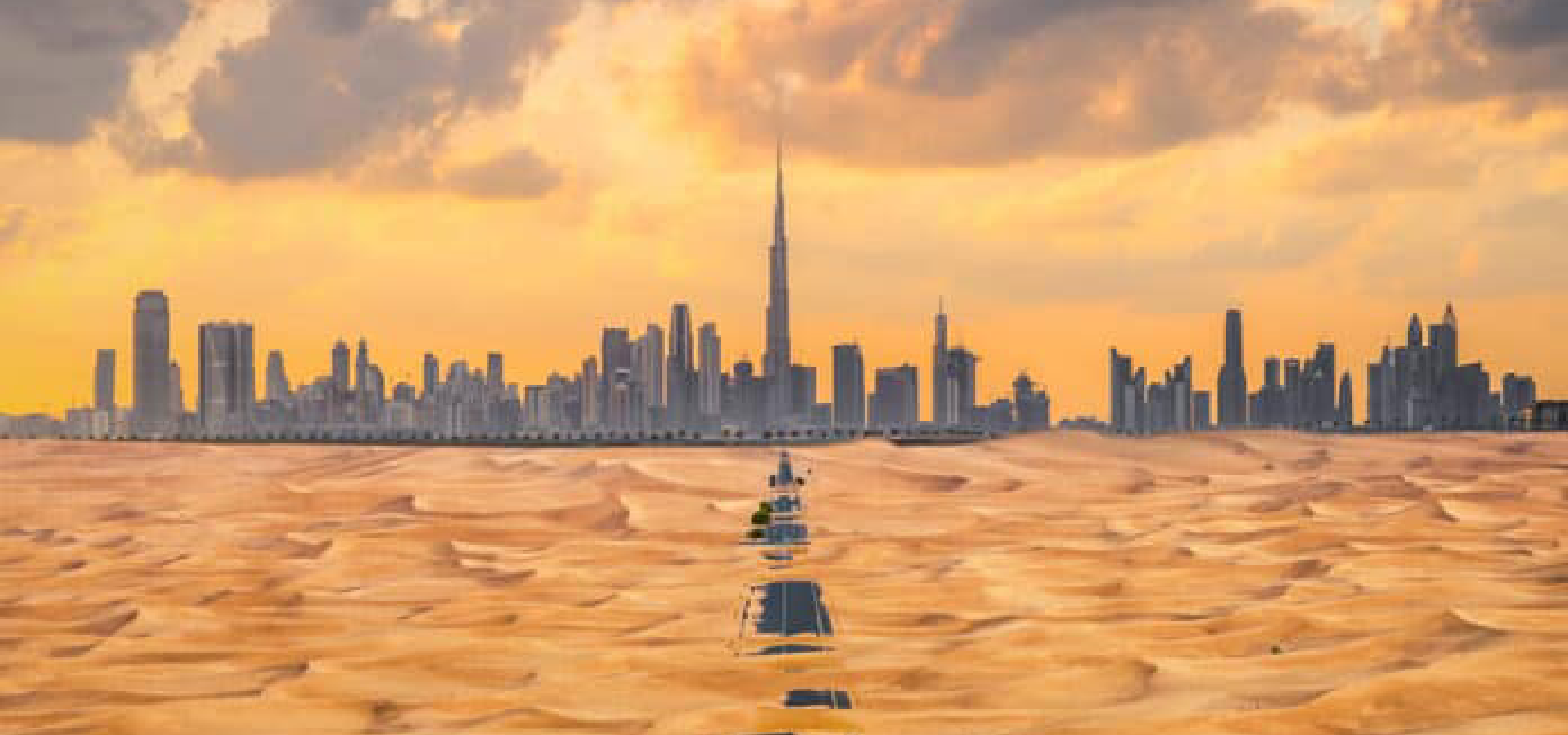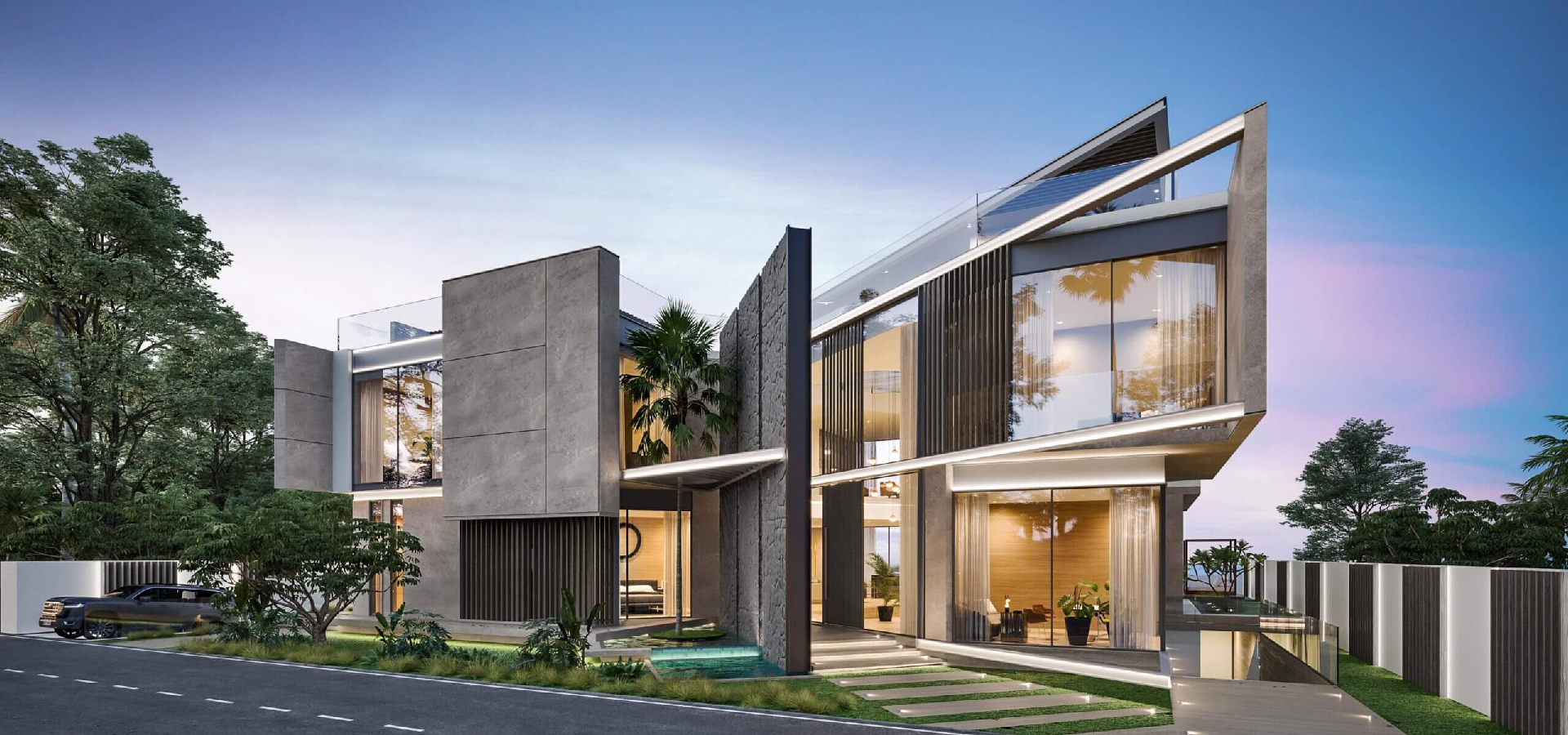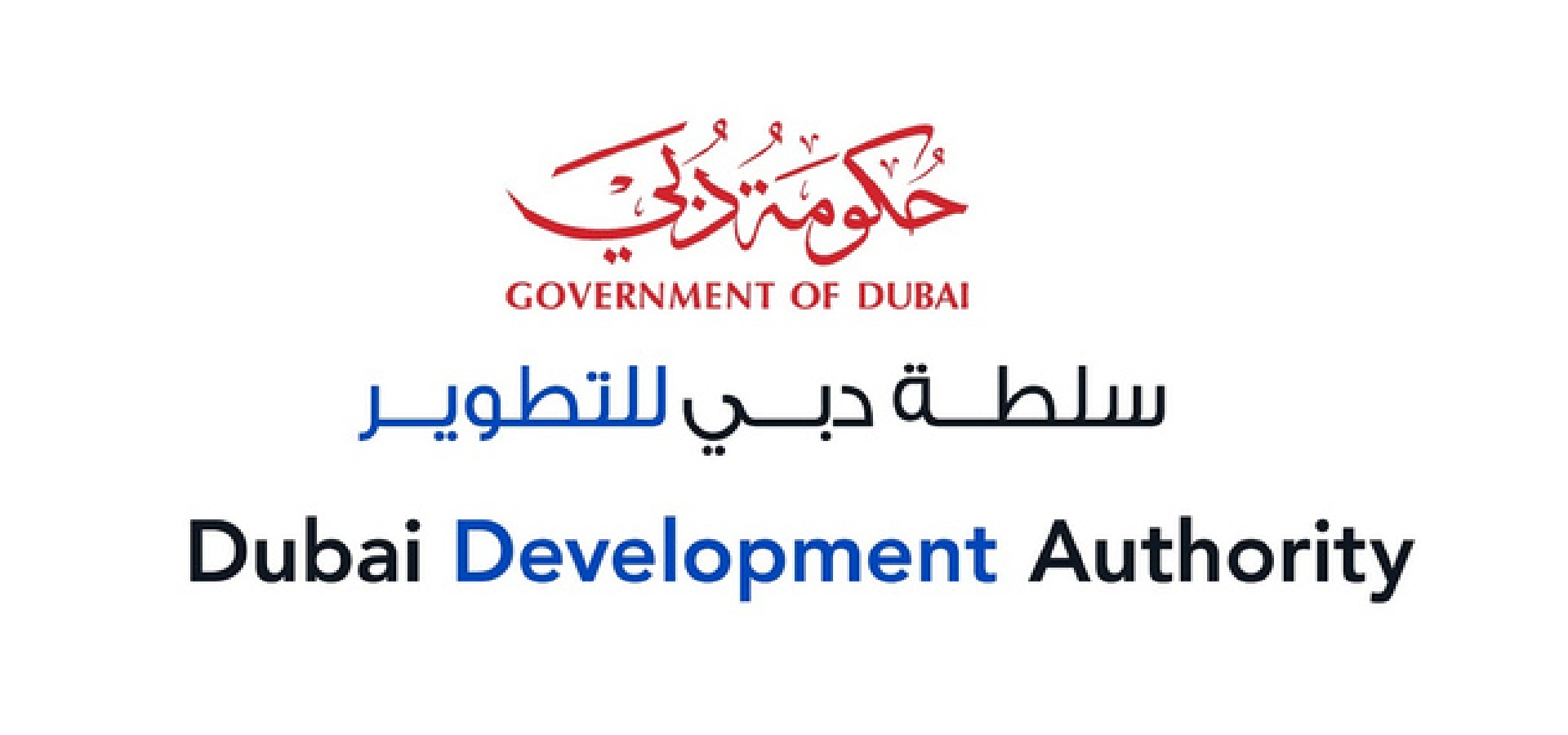
- May 21, 2023
Transforming the Desert: Prioritizing Safety and Sustainability in Dubai's Construction Sector
Dubai's construction industry has undergone significant changes over the past few decades, with the government and development sector working to transform the desert into a concrete empire. The focus has been on prioritizing the development of a sustainable living and work environment while also preserving cultural significance. As construction developments continue to expand throughout the city, authorities like the Dubai Civil Defence are taking steps to ensure the safety of the public and workers.
While construction technology has advanced all over the world, the industry remains one of the most dangerous without proper safety precautions. The Dubai Civil Defence Department of Preventive Safety has been working to intensify safety standards and regulations to reduce construction hazards. It's essential to be aware of the risks involved in construction and the measures that can be taken to avoid them.
Common Construction Hazards and Precautions
Construction is a high-risk sector, and safety hazards are present regardless of the industry or circumstances. The following are the most common safety hazards responsible for construction fatalities, along with the precautionary standards authorities like the Dubai Civil Defence implement to prevent further casualties and obtain DCD approvals.
Falls
Falls are a frequent occurrence in construction, with even a low height resulting in serious or fatal injuries. Proper fall arrest systems are necessary to prevent falls.
Electrical Exposure
Electrocution is a risk when working with live wires, making LOTO or lock-out/tag-out routines essential for equipment requiring repairs or maintenance
Struck-By
Material fragments of different shapes and sizes pose a significant risk to workers and the public, causing casualties. Wearing appropriate Personal Protective Equipment like hard hats and using designated pedestrian walks or crossings can help prevent accidents.
Caught-In or Caught-Between
The collapse or fall of a structure can cause serious injuries and fatalities, making it crucial to keep pedestrians away from hazard points or areas.
Noise Hazards
Construction workers can suffer from hearing difficulties due to on-site noise hazards. Proper use of hearing protection equipment and PPE can minimize or eliminate exposure to noise hazards.
A Hand-Arm Vibration Syndrome
Working with heavy vibrating equipment for extended periods can cause Hand-arm vibration syndrome, resulting in muscle weakness, permanent nerve damage, and other issues. Taking frequent breaks while operating heavy equipment can prevent excessive damage.
Air Quality
A range of factors can negatively affect air quality, such as vehicle exhaust smoke, fiberglass fragments, inhalable silicon dust, and more. Proper ventilation and the provision of respirators in prone areas can help intercept these variables and reduce the risk of respiratory conditions for everyone on the construction site.
Lack of Proper Protective Equipment (PPE)
Proper Protective Equipment (PPE) is crucial for ensuring worker safety, but only if it is strictly implemented. Workers must use PPE that is appropriate for their specific job, such as respirators for poor air quality, gloves to prevent electrocution, and hard hats to protect against falling objects. Failure to use the right PPE can result in severe injury or even death.
Fire Hazards
Fire hazards pose a significant risk in industries that work with corrosive chemicals and flammable materials. These substances can trigger explosions and fires that endanger workers and the public. To prevent such accidents, Dubai Civil Defence enforces strict fire safety regulations, ensuring that all flammable materials are safely stored and that workers are trained in fire prevention and emergency response.
Making Dubai Construction Sites Safe
Construction in Dubai is booming, but with growth comes increased safety risks. To mitigate these risks, authorities such as the DCD have established standards for obtaining approvals and NOCs, which require the implementation of prevention methods. While these standards can prevent many common safety hazards, the success of safety plans depends on how well they are implemented on construction sites.


